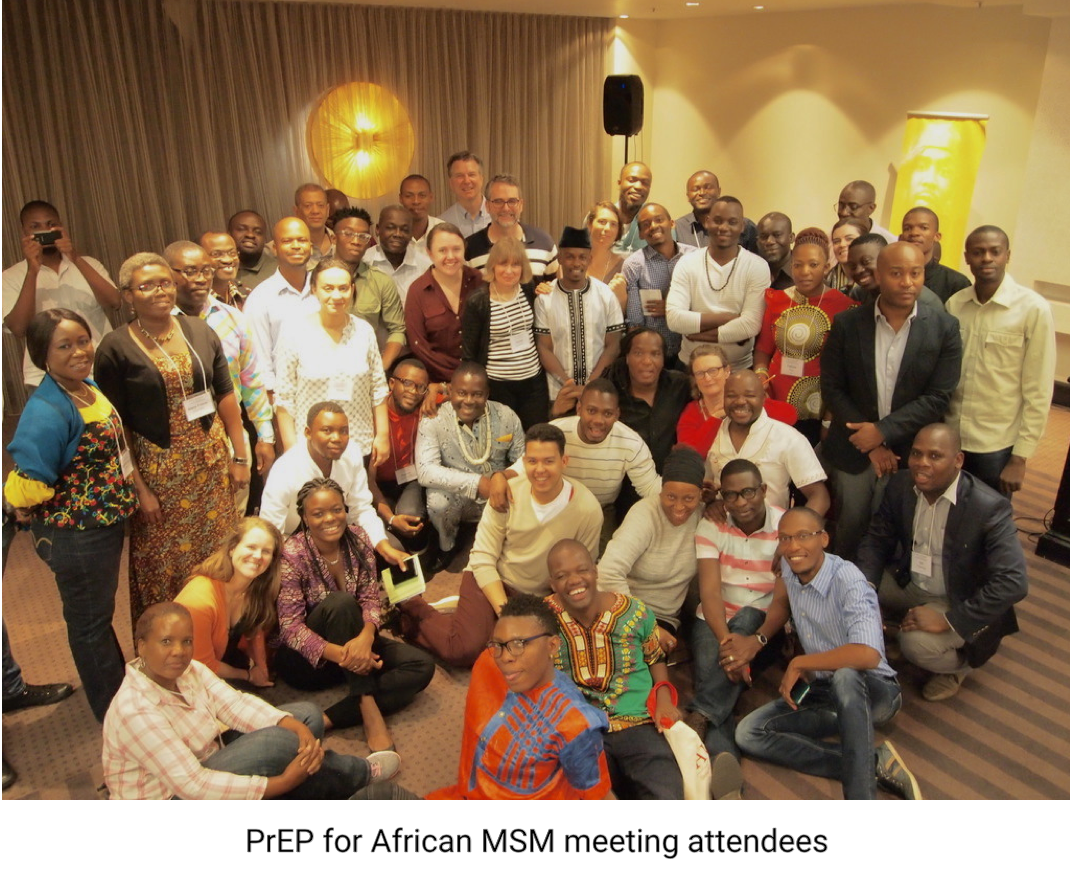For the second year in a row, the US AIDS program PEPFAR has opened its annual planning process up to civil society engagement and input. Last week and this week, the country operational plans, or COPs, for a range of sub-Saharan African countries are being finalized at in-person meetings in Johannesburg, South Africa. Meeting participants included PEPFAR staff, government representatives, UNAIDS staff and international and in-country civil society.
The in-person COP review is the culmination of an engagement process that has included countries sharing voluminous quantities of data on the previous year’s performance and the next year’s targets, along with a narrative “Strategic Direction Summary” describing the plans for the years ahead.
AVAC and a range of partners, including strong in-country coalitions in Kenya, Malawi, Uganda, Zambia and Zimbabwe, have been working over the past year—since the last review—to access quarterly country data and to shape input into the next COP. We’re also delighted to work in strong coalition with international groups including Health GAP, MSMGF, amfAR and the International HIV/AIDS Alliance.
One COP review meeting is still underway, but the news from last week’s meeting is energizing and speaks volumes about the importance of engagement and activism in this space. As detailed in a blog from Health GAP, there was a range of ways that civil society had impact on treatment targets, service-delivery models and engagement with key populations (Click here to read a report from MSMGF on key populations advocacy). These weren’t easy victories, and they depended on sharing work, diving deep into data and standing ground on key demands.
In addition to the gains detailed by Health GAP, there were key strides in non-ART prevention. These included:
- Increases in VMMC targets in Zambia and (as of press time—with the COP not yet signed) Zimbabwe.
- Safeguarding of VMMC resources from PEPFAR, GFATM and World Bank in Malawi—when one possibility was reallocating a portion of GFATM away from VMMC. (GFATM, UNAIDS and other stakeholders also attend the PEPFAR reviews and contribute to broader planning conversations.)
- Commitments to troubleshoot and accelerate Uganda’s VMMC program, which has slowed down to address cases of tetanus in young men undergoing the procedure who hadn’t previously received a tetanus vaccine.
- Inclusion, for the first time, of PrEP targets in the COPs for Uganda and inclusion of PEPFAR commitments to PrEP preparedness and policy development in Malawi and Zambia.
All of these gains happened in a process where civil society raised the need for comprehensive HIV prevention and made specific demands as to what it would like to see in next year’s plans.
The work isn’t over when the COP is signed—in fact, it’s just beginning. Smart, strategic analysis depends on access to PEPFAR’s quarterly review of country progress. AVAC and partners will be working on evaluating these quarterly updates, influencing PrEP rollout, keeping up demand for ambitious VMMC targets—and much more. We hope you’ll join us. If you’re interested, please contact us.

